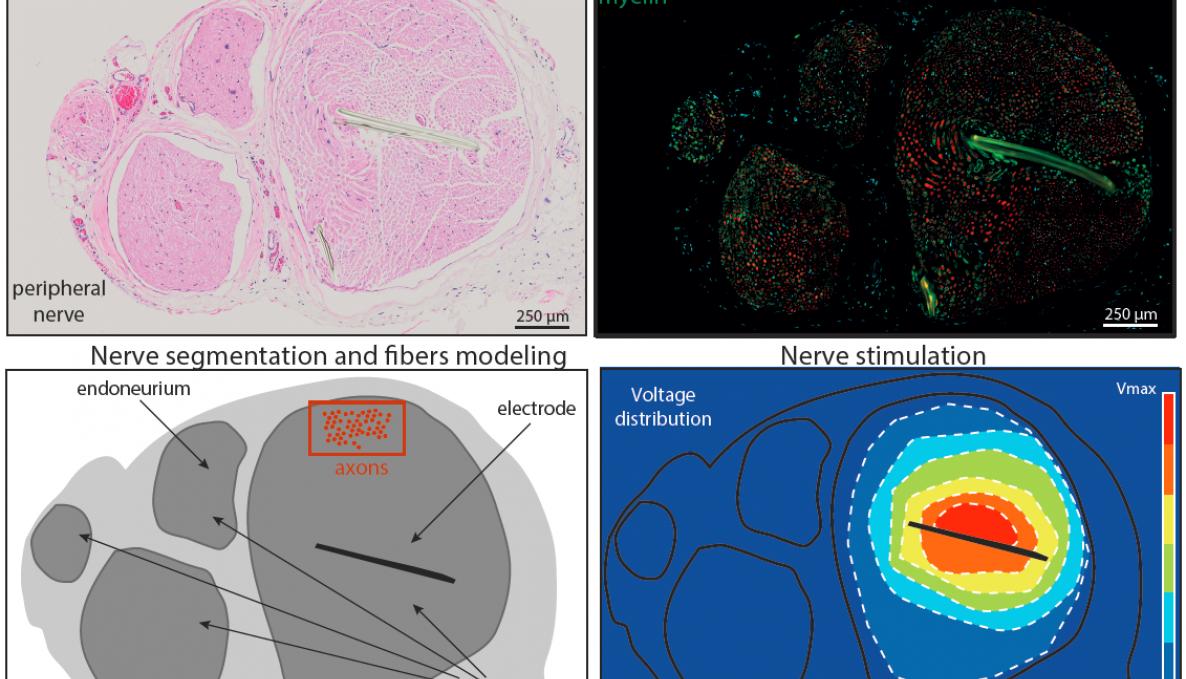DEVELOPING MODELS OF PERIPHERAL NERVOUS SYSTEM TO TREAT DISEASES. A STUDY PUBLISHED IN NATURE PROTOCOLS SHOWS METHOD THAT MIMICS INTERACTIONS BETWEEN ROBOTIC LIMBS AND NERVOUS SYSTEM

A study published in journal “Nature Protocols” presents a novel method to interface with the peripheral nervous system for a better understanding of human health and diseases. Electrodes used to decode information and mimic interactions occurring in the nervous system will be crucial in controlling robotic prostheses of amputees as well as in providing autonomic nerves stimulations for patients with diabetes and hypertension. Due to the complexity of the nervous system and nerve injuries in patients, selective stimulation of most nerves can be complex to achieve as peripheral nerves lack appropriate human-relevant models. Over the past decade, scientists, and engineers in the field of neuroprosthetics have attempted to control robotic limbs by designing a connection between the nervous system of the patient and the prostheses. A research team led by professor Silvestro Micera (The BioRobotics Institute of Scuola Superiore Sant’Anna and EPFL - École polytechnique fédérale de Lausanne) has devoted scientific and technological efforts to develop neuroprostheses and hybrid systems that link the human nervous system with robotic prostheses, with the main aim of restoring motor and sensory functions in disabled patients.
The study published in Nature Protocols shows a validation of the findings provided by the model which appears to be robust when using the computer simulations to assess the model predictions. Results show that this model can be used for extensive studies targeting the simulation of the major processes of peripheral neuropathy.
“We believe our models could improve the effectiveness of the electrodes implanted in peripheral nerves. The aim of this study is to improve the quality of life of disabled patients” said Professor Silvestro Micera.
“This reproducible computational model that mimics the interactions occurring in the system can be performed using a stimulation protocol to validate predictions and new therapeutic approaches. We have developed a reliable model that exhibits a new peripheral nervous system interface method for a more natural use of the artificial limb” said Simone Romeni, as the first author of the paper, and a former Sant’Anna School student who earned his degree in M. Sc. Bionics Engineering.



